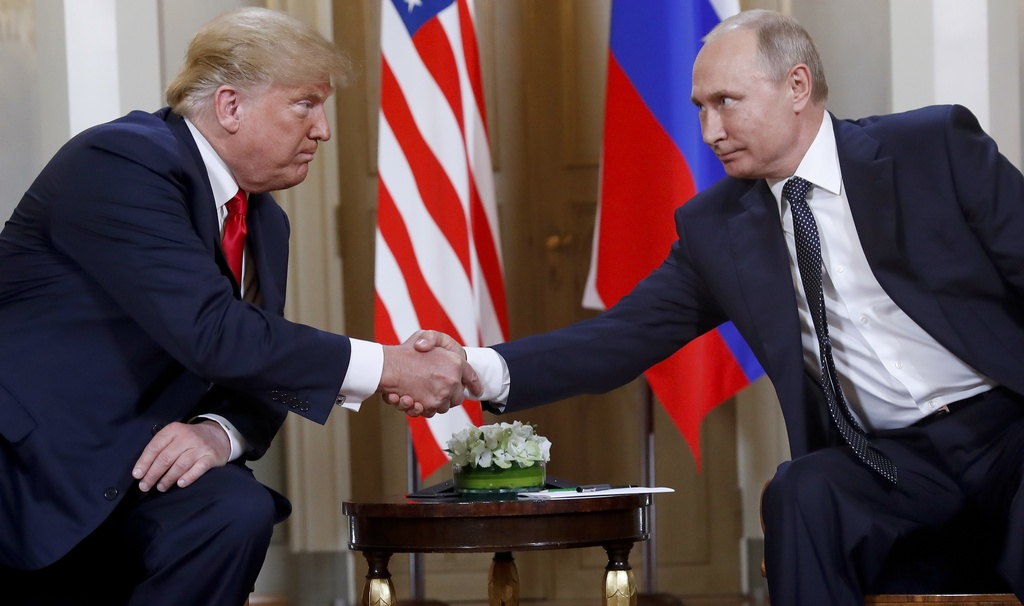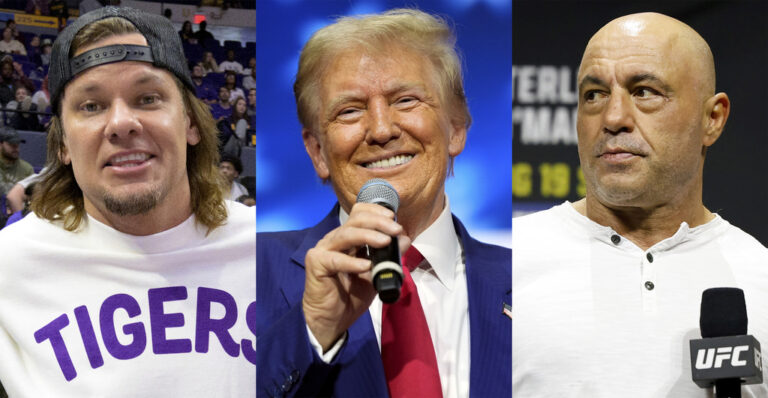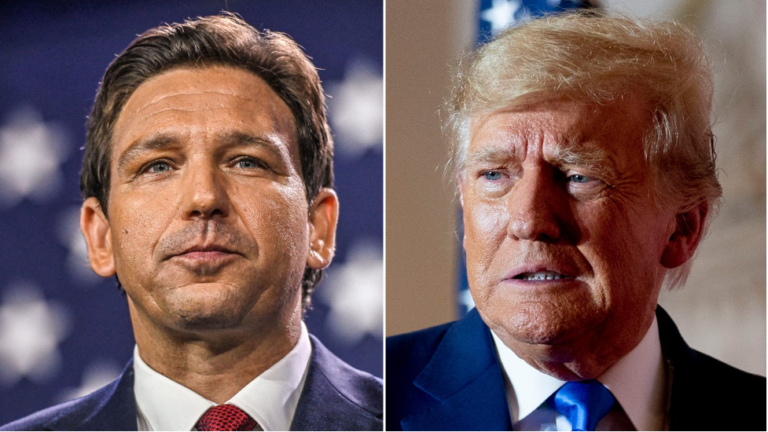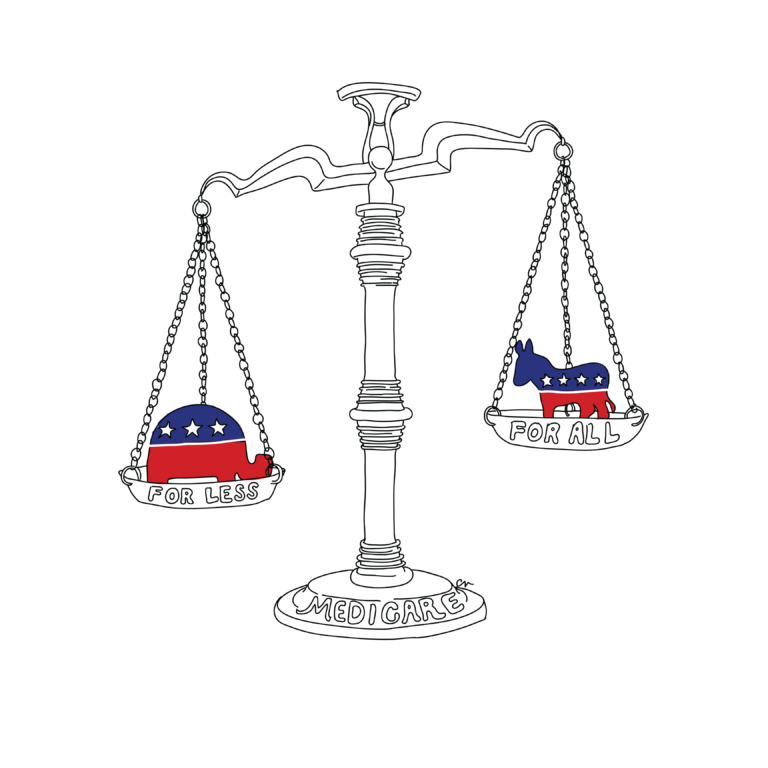
“If I’m president, I will have that war settled in one day, 24 hours,” President Donald Trump declared in a CNN interview in May 2023. Several weeks into the Trump administration, we can confirm that the war in Ukraine the president was referring to remains unsettled. Given his history of breaking promises, it is not unexpected that Trump has yet to fulfill his promise weeks into his term.
Acknowledging Trump’s outwardness about ending the war is crucial to question what is going on behind closed doors, where policy is being made and previous statements are now being put to the test. He has asked about an upcoming meeting with Zelensky and appears to have had preliminary discussions about possible avenues toward negotiations and peace deals. Trump has also recently spoken with Putin, according to the New York Post, and plans to meet in person soon to continue discussions on Ukraine.
Trump is not scarce in his enthusiasm about bringing “peace” to Ukraine and Russia. Trump regularly denounces the war in press statements and on social media, but his strategy for how he plans to bring about peace in these countries remains vague. More specifically, it raises the question, how will Trump handle Ukraine’s desire to regain its pre-2014 borders?
Much of the mystery lies in connecting his promise with practice. Trump actively withholds information about his actual policy ideas despite claiming to be having “serious” discussions with both leaders.
While there is public knowledge lacking for a plan regarding the end of the war, there are clear signs of Trump fostering, or re-developing, a relationship to some degree with Putin. After a one-and-a-half-hour call with Putin on Wednesday, the two leaders emerged amicably, at least in the public eye. Trump made noteworthy statements that “Ukraine’s NATO membership is “impractical” and “the return of Russian-occupied territories to Kyiv is ‘illusionary’.”
If Trump’s idea of “peace” entails loss of Ukrainian land, establishing closer Washington ties with the Kremlin while risking the United States’ position in NATO, and ignorance of Ukraine’s motive for ongoing fighting and bloodshed, then frankly it is not a peace plan for the invaded nation. It is merely a bow to Putin, an attempt to fake peace-mongering through subservience to a power that has only really indicated its desire to oppress, and an addition to the power-hungry narrative Trump has for himself and the United States.
Not only is Trump fostering a relationship with Putin a concern for negotiations with Ukraine, but this potential allyship is also concerning for the future of nuclear warfare, simultaneous foreign conflicts, and economic transformations, among other pressing topics relating the two global powers with each other and the rest of the world.
While the Trump-Putin relationship is discreet and, put simply, difficult to decipher, there remains an element of admiration from both parties through their moments of criticism. Trump’s condemnation of Russia appears hollow when, just a month into office, his actions are seemingly favoring Putin over Zelensky.
As in-person meetings between Trump and Vice President JD Vance take place, legitimate policy moves are a major prospect. Zelensky and Vance’s most recent conversation primarily aired concern from Zelensky’s perspective, and his caution surrounding security guarantees that may or may not be included in Trump’s plan for peace between Ukraine and Russia. His concern is shared by many of us: ending the war on terms that satisfy the desired occupation of Ukrainian territory and further placing Ukrainian lands in the hands of Russia will not be a measure of peace but rather a reason for further global turmoil.
Though Trump’s intentions to do this are not fully evident, his repeated return to Putin’s desires — even when subtly intertwined with occasional bashes of Russia — is enough to generate concern and serious consideration of what the future will look like for Ukraine, Russia, and the stance of the United States in and beyond this conflict.
The Zeitgeist aims to publish ideas worth discussing. The views presented are solely those of the writer and do not necessarily reflect the views of the editorial board.



